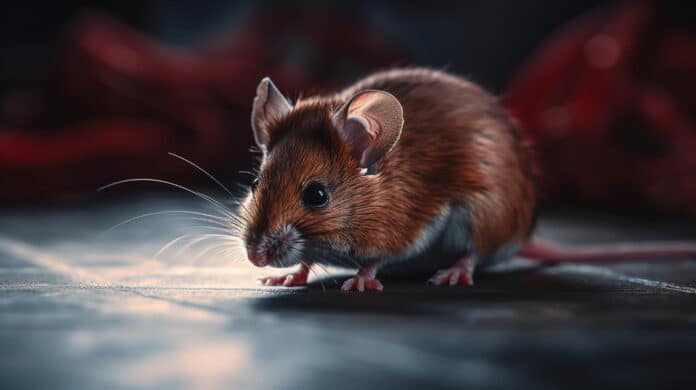Researchers at Johns Hopkins University, US, led by Calvin Kersbergen report that mice with the most common form of human congenital deafness develop normal auditory circuitry – until the ear canal opens and hearing begins. Publishing June 27th in the open access journal PLOS Biology, the study suggests that this is possible because spontaneous activity of support cells in the inner ear remains present during the first weeks of life.
Mutations to the protein connexin 26 are the most common cause of hearing loss at birth, accounting for more than 25% of genetic hearing loss worldwide. To understand how these mutations lead to deafness and if they affect the development of the auditory system, the team at Johns Hopkins created a mouse model of congenital deafness that totally lacks connexin 26 in the support cells of the organ of Corti in the cochlea. Without connexin 26, the support cells cannot communicate properly with each other, and the mice exhibited profound hearing loss. The researchers then focused their experiments on mice that were less than 2 weeks old, when the ear canal is still closed, and the period just after opening, when the first sounds can be detected.
The results indicated several aspects of auditory development were mostly unaffected by the loss of connexin 26. First, they found that the support cells generated spontaneous activity that led to normal activation of hair cells—the sensory cells of the inner ear—and normal activation of neurons within sound processing centers of the brain. This early, sound-independent activity is necessary for training the auditory system to respond correctly to sounds of different frequencies. Second, just after hearing onset, different tones were mapped correctly to separate subregions of midbrain and auditory cortex, which was measured through the small neural responses that persist in these deaf animals. The problem was that the spontaneous activity, and everything that follows, stopped once the ear canal opened and the auditory system began depending on sound for activity.
Thereafter, the sensitivity of neurons to sounds increased dramatically, similar to “hyperacusis” which often accompanies hearing loss. The preservation of this early spontaneous activity, and the training that it induces, in the face of deafness causing mutations may prepare the auditory system to respond well to cochlear prostheses, thereby improving the effectiveness of early therapeutic interventions. It also suggests that early intervention may be important to avoid the compensatory increase in sensitivity.
Bergles adds, “Our results demonstrate that spontaneous activity persists in the developing auditory system of mice that lack a protein that is critical for hearing. This may allow sound processing centers in the brain to mature so that they can properly interpret the responses produced by cochlear implants in patients with this form of congenital deafness.”
Journal Reference :
- Kersbergen CJ, Babola TA, Kanold PO, Bergles DE (2023) Preservation of developmental spontaneous activity enables early auditory system maturation in deaf mice. PLoS Biol 21(6): e3002160. DOI: 10.1371/journal.pbio.3002160
